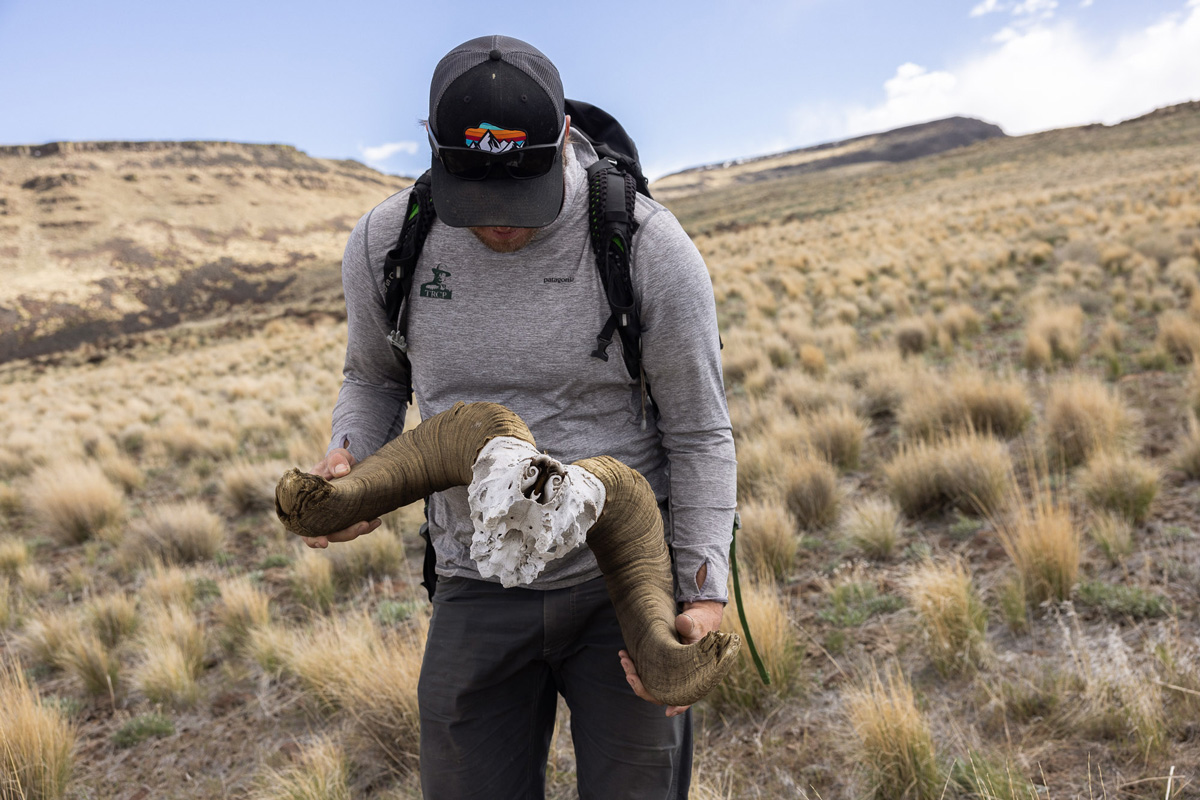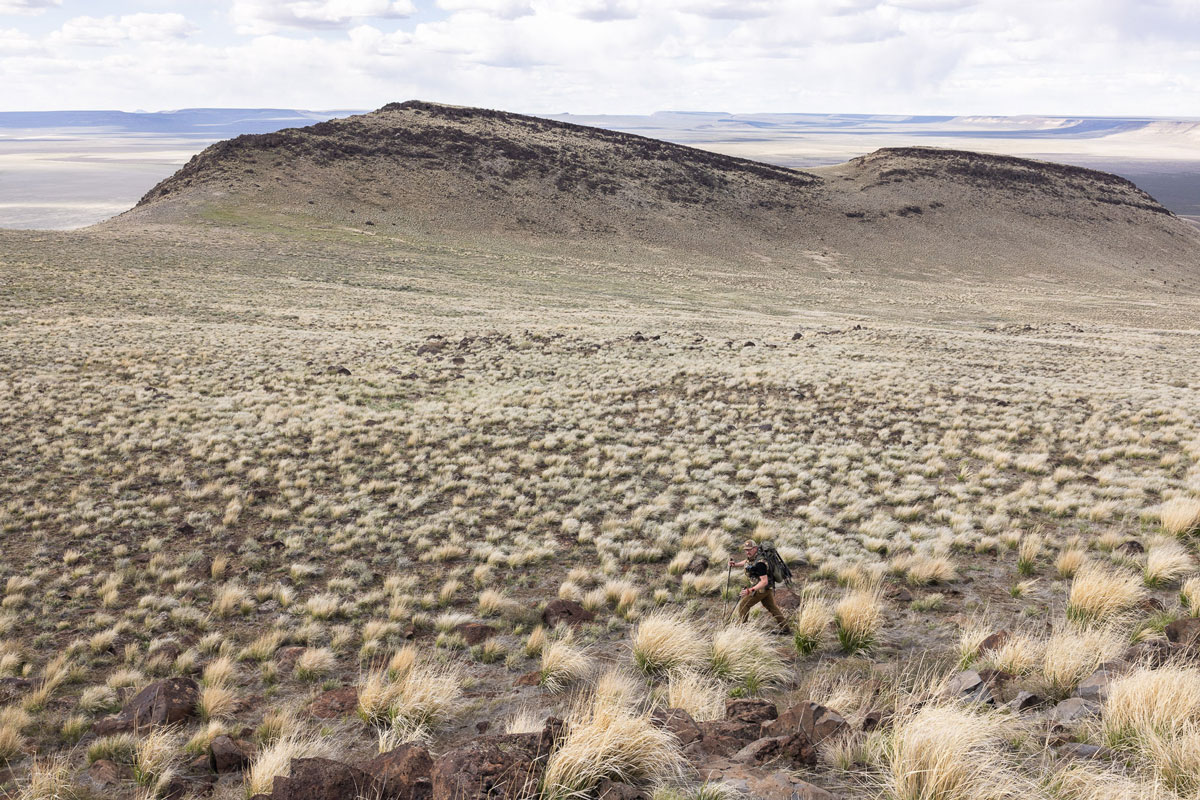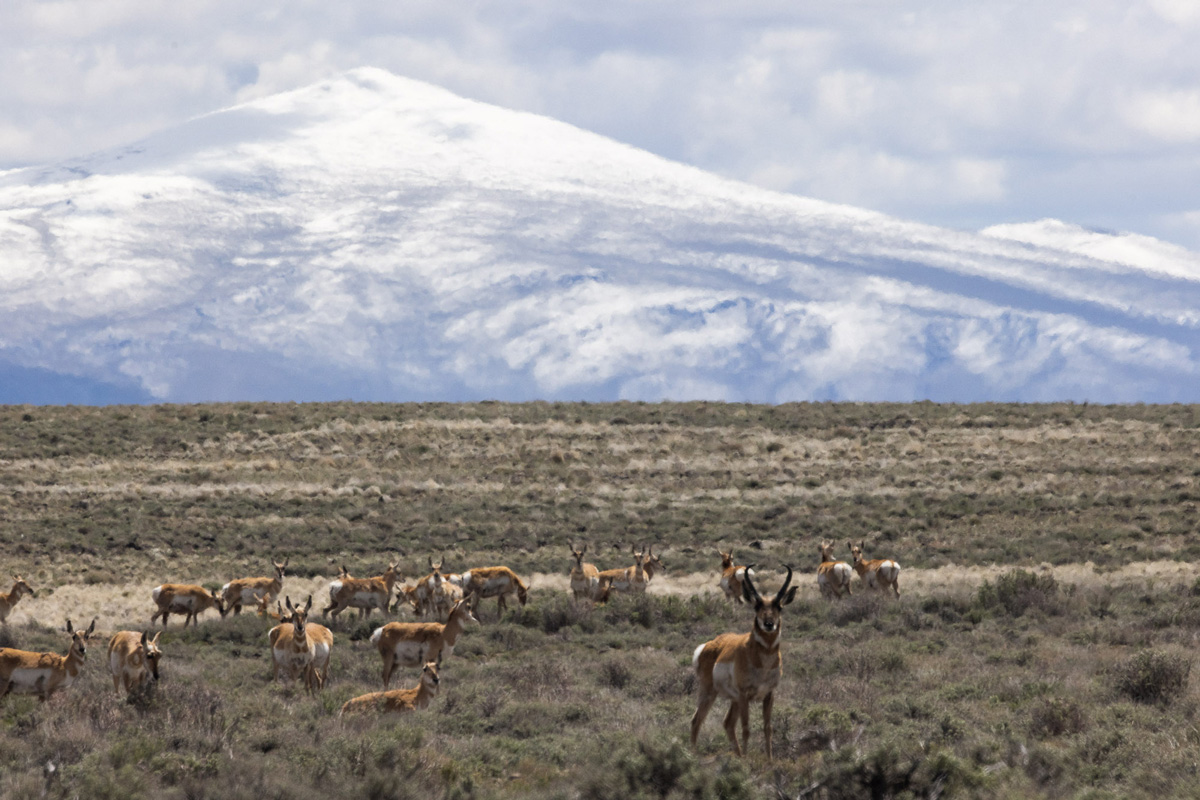Fisheries managers are meeting in November to debate and adopt changes to the Atlantic menhaden interstate fishery management plan—anglers have weighed in, but many of our concerns won’t be addressed
In November, the Menhaden Management Board of the Atlantic States Marine Fisheries Commission will consider public comments submitted since August about proposed changes to the Atlantic Menhaden Interstate Fishery Management Plan. The draft addendum up for vote deals with reallocation of each Atlantic Coast state’s yearly menhaden commercial fishing quota and changes to various programs that give states opportunities to harvest additional quota throughout the season.
The plan and options proposed in this addendum are extremely granular—the average angler does not need to wade through and understand it all. What you do need to know is that the TRCP and our sportfishing partners have weighed in with the ASMFC on our preferred options, which we believe would best benefit recreational fishing, sportfish, and the overall health of our marine food web.
It is also important for anglers to understand how industrial reduction fishing fits into this reallocation math. Remember: Virginia is the only Atlantic state that still allows menhaden reduction fishing in its waters, and a single foreign-owned company—Omega Protein, operating out of Virginia—does all of the reduction fishing for menhaden on the Atlantic Coast. Most of the other harvesters who take menhaden out of the water, based on the state allocations up for vote, are fishing for bait that is then sold to anglers. This activity supports many small businesses in parts of the Northeast.
But many states, most notably Maine, have had to reckon with the mismatch of state allocations versus actual availability of menhaden in their state waters, forcing them to depend on conditional programs and quota transfers from other states just to maintain their bait fishing fleets. Virginia, meanwhile, holds much of the power within the fishery, even after years of debate about equity among states participating in the plan.
The numbers make this very clear: Virginia is allotted more than 78 percent of the coastwide quota now and, at worst, they will end up with 73.6 percent of the coastwide quota after the Menhaden Management Board chooses from the available options this fall. Does that sound fair for a fishery with 16 states participating?
The TRCP and our partners have been following this addendum planning process for the past year, and we’re supporting the options that most accurately reflect the current needs of the fishery and the availability of the menhaden resource along the coast, in order to lower states’ reliance on one-time programs and quota transfers that keep them limping from season to season. We’re also pushing for each menhaden taken out of the water to be counted toward the coastwide quota, a universally embraced best practice for sound fisheries management that (unbelievably) isn’t required in the menhaden fishery right now.
Our coalition has also expressed concerns about what’s not included in the proposed plan update.
This includes consideration of where commercial harvest should happen within the menhaden’s range. While the recent single-species stock assessment found the Atlantic menhaden stock to be above the biomass target, how that biomass is distributed and fished along the coast will impact predator stocks, including recovering populations of striped bass and bluefish that depend on the availability of various year classes of menhaden and other forage species throughout their range.
We believe that the fishery should be distributed throughout the menhaden’s known geographic range, not concentrated nearshore in sensitive nursery habitats at the center of their range, as it is now. With the fisheries’ effort and catch centered at the menhaden population’s natal area and focused on juveniles (ages 0-2), this prevents larger, more fecund individuals from existing in the stock.
Further, the fishery should not be dominated by industrial fisheries, but rather enable the growth of smaller-scale and local commercial and recreational fisheries.
Finally, we are concerned that the setting of the coastwide total allowable catch for the 2023 season may disregard vital ecosystem effects, because the latest menhaden stock assessment update did not use updated data on certain species which would impact menhaden availability in the water.
For example, the 2022 Atlantic Herring Management Track Assessment concluded that herring remain overfished at just 21 percent of their target biomass. The 2021-2022 total allowable catch of 194,400 metric tons of menhaden was set using species data from 2017, prior to the decline of the Atlantic herring stock. Herring is a primary alternative prey species to menhaden, so this depletion has likely had wide-ranging effects on both prey and predators since 2017, and these impacts will continue as the resource slowly rebuilds.
Menhaden are increasingly important as bait to compensate for shortages of not only Atlantic herring but also river herring and mackerel, and they, of course, remain important as a food source for predators as well. This is why we’ll continue to push for a precautionary approach to quota-setting for the 2023 season, updated ecosystem data in the next stock assessment, and consideration of the current total allowable catch as a maximum value, not as a baseline.
There are a few limited opportunities for informed anglers to engage in the draft addendum debate before the end of September—if you’re interested in attending a public hearing to speak up for menhaden and sportfish, please email Jaclyn Higgins for more information.
Photo by Gaelin Rosenwaks. Follow her on Instagram @gaelingoexplore.








They should restrict Menhaden netting in the Chesapeake Bay.